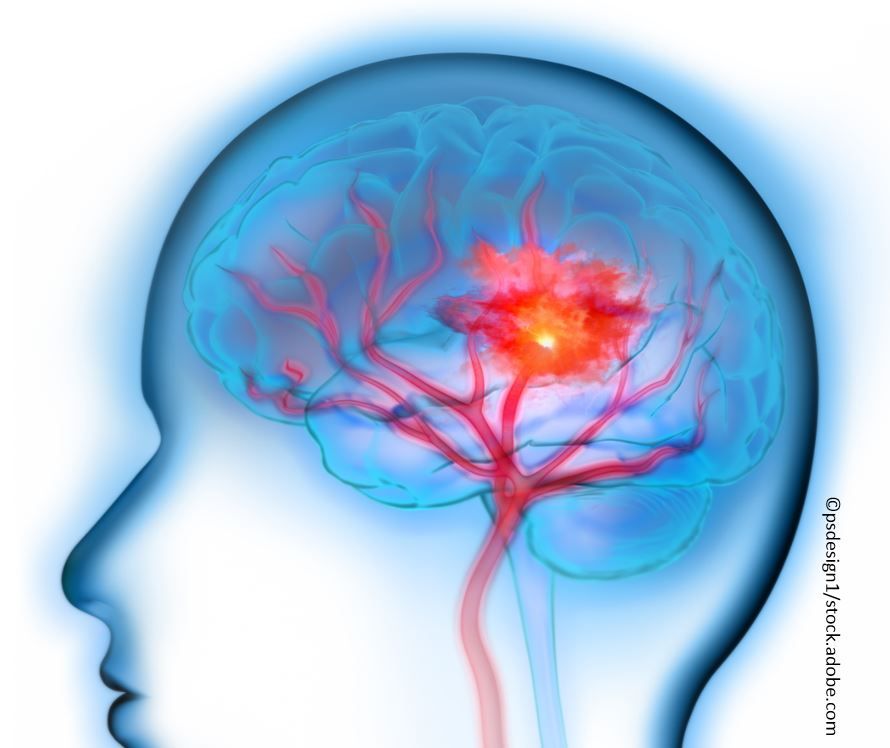Stroke Rates Rising Among US Young Adults, yet 1 in 3 Don’t Know Common Symptoms
New research shows nearly 30% of US young adults do not know the 5 most common stroke symptoms, almost 3 million are not aware of any symptoms.
Approximately 30% of US adults aged <45 years do not know all 5 of the most common stroke symptoms despite rising stroke rates among this population, according to new research published in the journal Stroke.

Recent studies suggest that stroke incidence in the US is declining in the general population, however, stroke incidence and hospitalizations have increased by >40% in young adults in the past several decades, wrote study authors led by Khurram Nasir, MD, MPH, MSc, chief of the Division of Cardiovascular Prevention and Wellness, Houston Methodist DeBakey Heart and Vascular Center, Texas.
“While the medical community has made significant improvements to reduce the severity and complications of strokes with early interventions, these efforts are of limited value if patients do not recognize stroke symptoms,” said Nasir in an American Heart Association (AHA) press release. “Time is critical for treating stroke. The earlier people recognize symptoms, the better their chances are to reduce long-term disability from stroke.”
Researchers used data from the 2017 National Health Interview Survey to examine awareness of 5 of the most common stroke symptoms and response to a perceived stroke among young adults. In this survey, the 5 most common stroke symptoms asked about were:
- Numbness of face/arm/leg
- Confusion/trouble speaking
- Difficulty walking/dizziness/loss of balance
- Trouble seeing in 1/both eyes
- Severe headache
The National Health Interview Survey included >24 000 adults, of which 9844 were young adults aged <45 years who were included in the primary analysis (mean age 31.3 years, 50.6% women, 62.2% non-Hispanic white).
Overall, 28.9% of participants were not aware of all 5 stroke symptoms, whereas approximately 3% (representing nearly 3 million young adults) were not aware of any stroke symptom.
Also, Hispanic adults and adults not born in the US were approximately twice as likely to be unaware of any of the common stroke symptoms vs non-Hispanic white adults and those born in the US.
Differences were also seen among education levels as participants with a high school diploma or lower education level were about 3-times as likely to be unaware of any stroke symptom vs those with higher education levels.
Nasir and colleagues also found that approximately 3% of participants would not contact emergency medical services if they did see someone experiencing perceived stroke symptoms.
“We hope that highlighting the continued impact of current health disparities may advance focused public health strategies and educational initiatives to increase awareness of and appropriate response to stroke symptoms,” added Nasir in the same AHA press release.